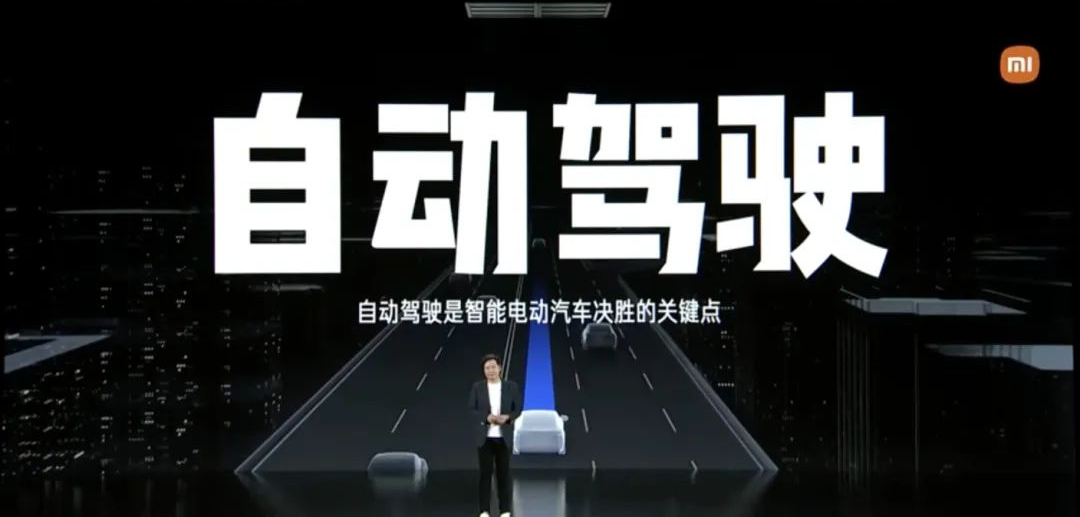Author: Zheng Senhong
Ready for Advanced Driver Assistance System (ADAS), the challenge here is like climbing Mount Everest.
After Tesla’s pioneering launch of Navigation on Autopilot (NOA), the mass production track of intelligent ADAS has become increasingly intense.
Domestic new forces, including Nio, XPeng, and Ideal, successively launched NOP, NGP, and NOA. Although the names are different, they are essentially classified as navigation ADAS.
Not only that, in the case that the relatively simple high-speed NOA and autonomous valet parking have not yet fully popularized, Urban NOA has frequently warmed up. Even Wuling Motors and XPeng plan to launch Urban NOA within this year.
Such a fierce competition has also brought new anxieties to peers, because not all automakers have the ability to come up with intelligent ADAS solutions that can implement more scenes.
It also brings opportunities for “latecomers” to see through the game, such as Xiaomi Auto, which declared that it will enter the top tier of autonomous driving in 2024.
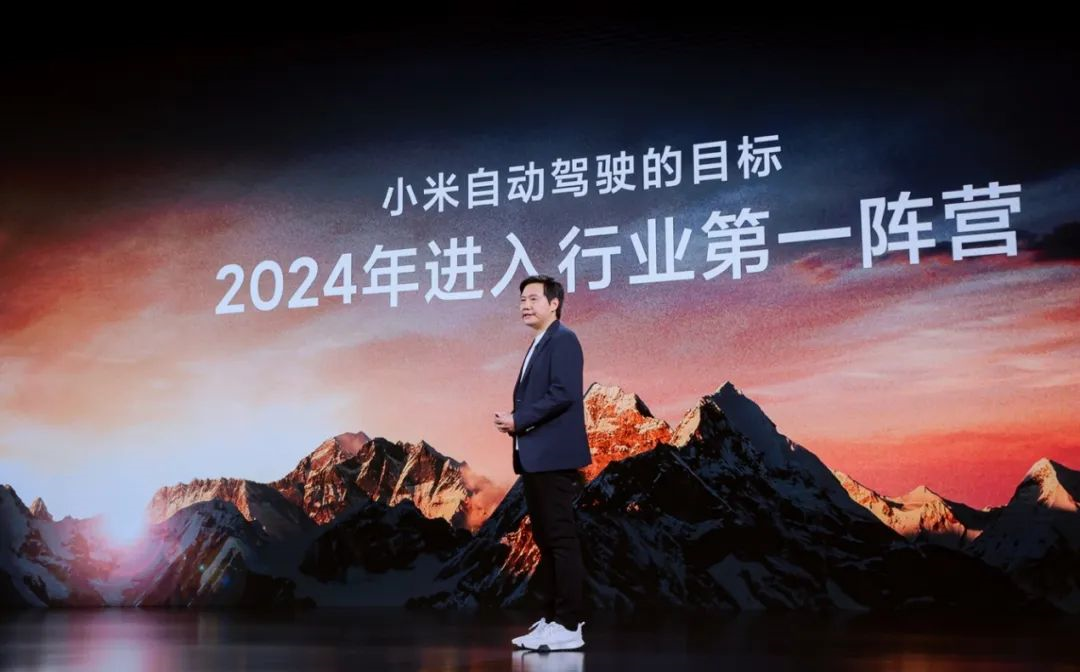
First appearance, L4 level? It means more than just “performance”
An 8-minute video of autonomous driving road tests reveals the progress made by Xiaomi Auto in autonomous driving and shows the ambition of Lei Jun’s car manufacturing.
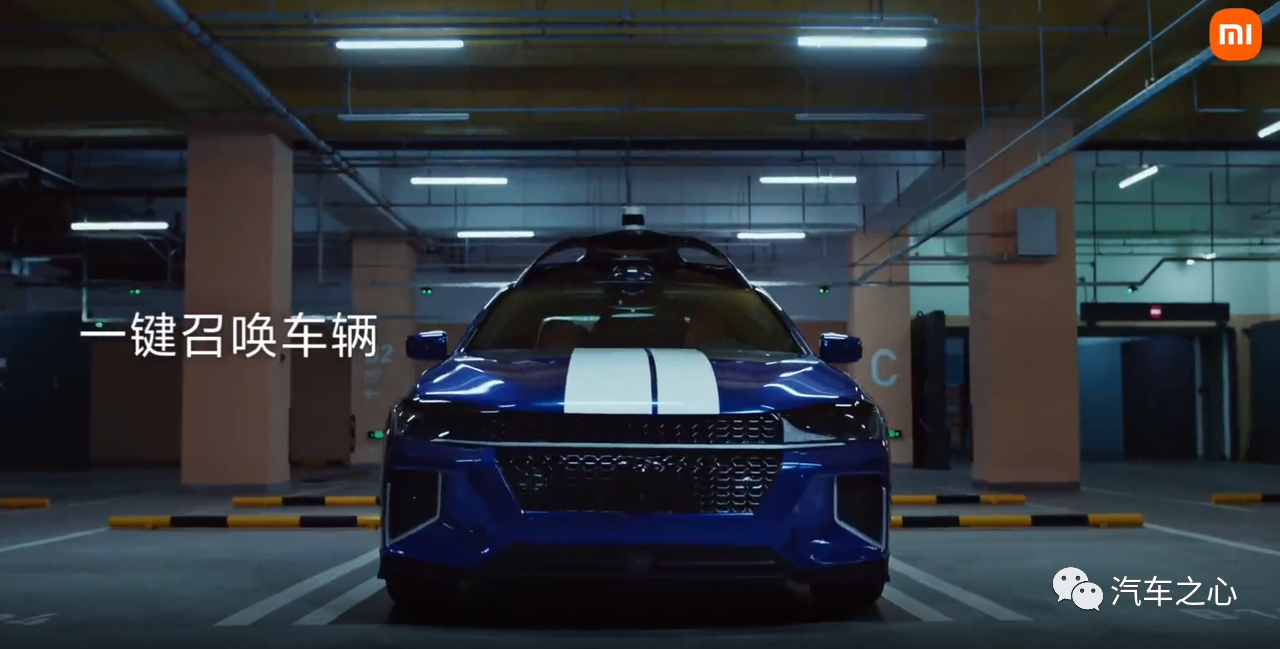
In the video, the test vehicle is consistent with the previously circulated “Xiaomi autonomous driving test vehicle”, both are third-party vehicles with a Hesai Pandar 128 mechanical lidar on the roof and cameras all around the body.
From the design perspective, the current Xiaomi autonomous test vehicle is still in its early stage, and even certain CEO of an autonomous company said that it looks like a demo video from 2019.
But in terms of actual performance, the ability of the Xiaomi autonomous driving system is no less than that of passenger cars currently available on the market that have ADAS functions.
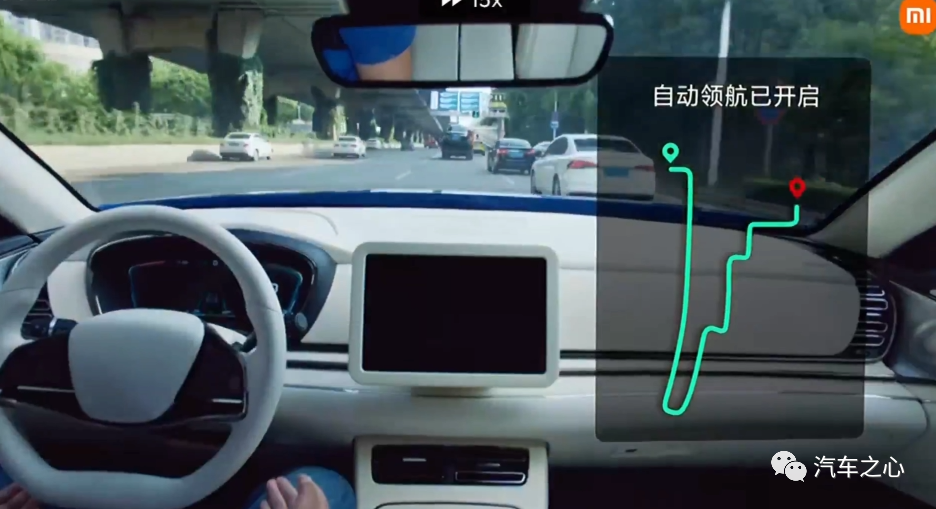
The Xiaomi autonomous driving test video is divided into two parts, one is the public road test, and the other is autonomous valet parking.
Regarding driving, the functions demonstrated by the Xiaomi autonomous driving vehicle include:
- U-turns in a curved shape
- Active avoidance of passenger vehicles
- Avoidance of zebra crossings by pedestrians
- Active passage through roundabouts
- Protected left turns
- Unprotected right turns
- Automatic avoidance of accident vehicles.The demonstration of this function was conducted in the Wuhan Intelligent Connected Vehicle (ICV) Pilot Zone, covering the elevated expressway and complex urban road sections, particularly challenging for the perception and response capabilities of Xiaomi’s autonomous vehicles in facing pedestrians and two-wheelers.
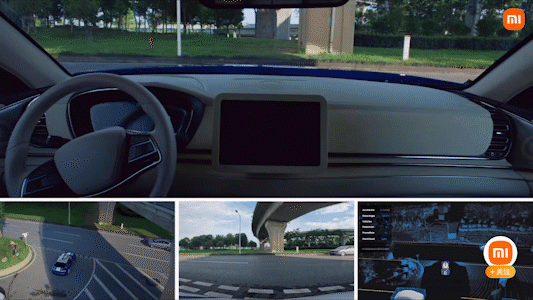
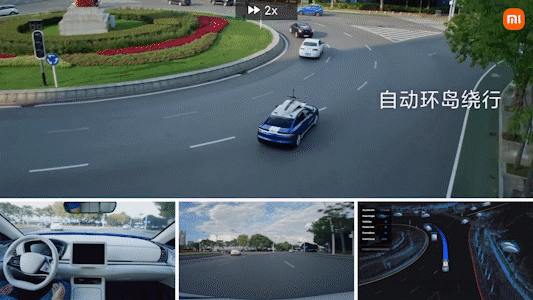
From the video, it is evident that with the dual sensing signals of vision and lidar and the support of high-definition maps, Xiaomi’s autonomous driving system can accurately recognize traffic lights at intersections, plan routes in advance, and pass through intersections.
In situations involving special scenarios, Xiaomi’s autonomous driving system can also respond calmly.
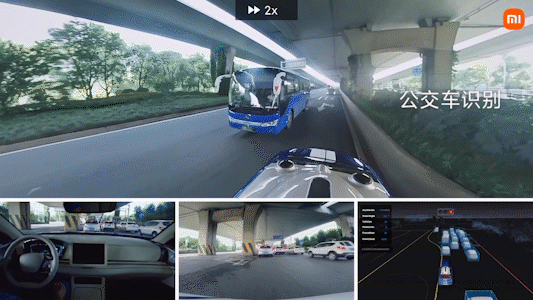
For example, when faced with a large vehicle suddenly cutting in from the right rear, Xiaomi’s autonomous vehicle not only detects the bus’s lane-changing intention in advance, but also keeps a safe distance by slowing down and moving to the left.
In addition, when encountering jaywalkers and electric bikes, Xiaomi’s autonomous driving test vehicle will also identify them in advance and give way proactively.
When confronted with illegally parked ride-hailing vehicles or accident vehicles temporarily occupying the road, the system will flexibly change lanes and bypass them.
Although Xiaomi’s autonomous driving system can smoothly complete some extreme scenarios, there is still room for optimization before it can be put into mass production due to safety considerations.
For example, Xiaomi’s test vehicles still maintain a slower driving speed than other vehicles on the road.
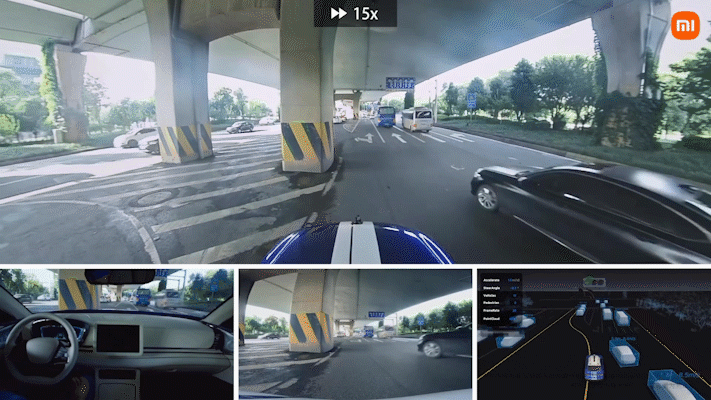
Secondly, after encountering extreme behaviors such as aggressive lane change or yielding to pedestrians, there is a slight delay in the speed-up connection of Xiaomi’s test vehicles, which may cause the following vehicles to urge the system to accelerate.
Regarding parking, the test demo video released by Xiaomi was conducted in the Beijing area and the test vehicles used by the driving and parking systems are different, indicating that the driving and parking systems have not yet been integrated.
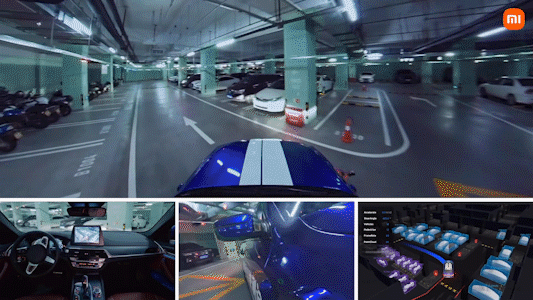
Xiaomi’s autonomous valet parking system is similar to Xpeng’s memory parking system. The system maps the parking lot environment through the vehicle’s own sensors, memorizes the parking route, and enables the automatic driving from the entrance of the parking lot to the parking space based on the memorized route.
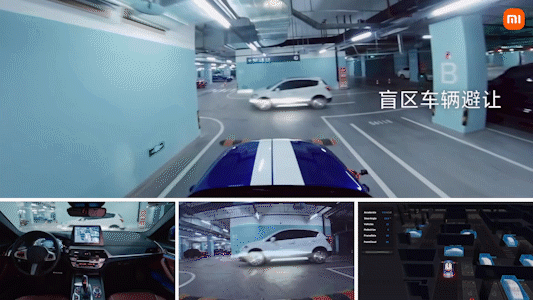 From the performance aspect, Xiaomi’s parking system can relatively easily avoid cones, vehicles, and pedestrians.
From the performance aspect, Xiaomi’s parking system can relatively easily avoid cones, vehicles, and pedestrians.
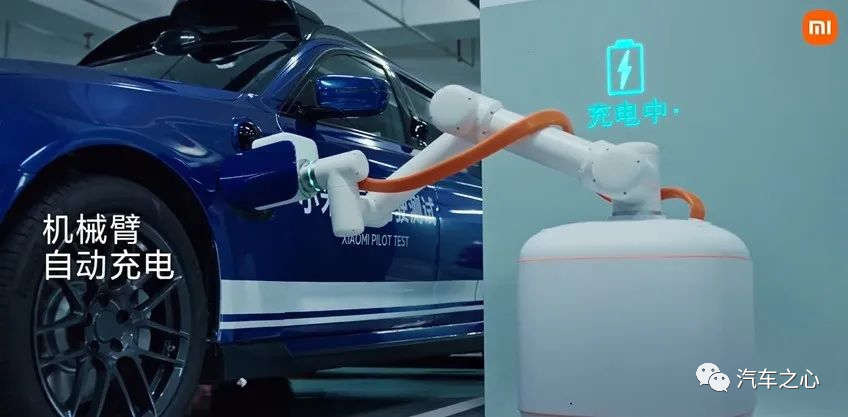
At the end of the video, Xiaomi also left a “mechanical arm automatic charging” Easter egg, which is equivalent to a mobile charger designed for electric vehicles, and thus realizes the “pole-to-car” scenario.
Overall, Xiaomi’s release of the demo video is more to showcase the current stage of its autonomous driving functionalities rather than its capabilities.
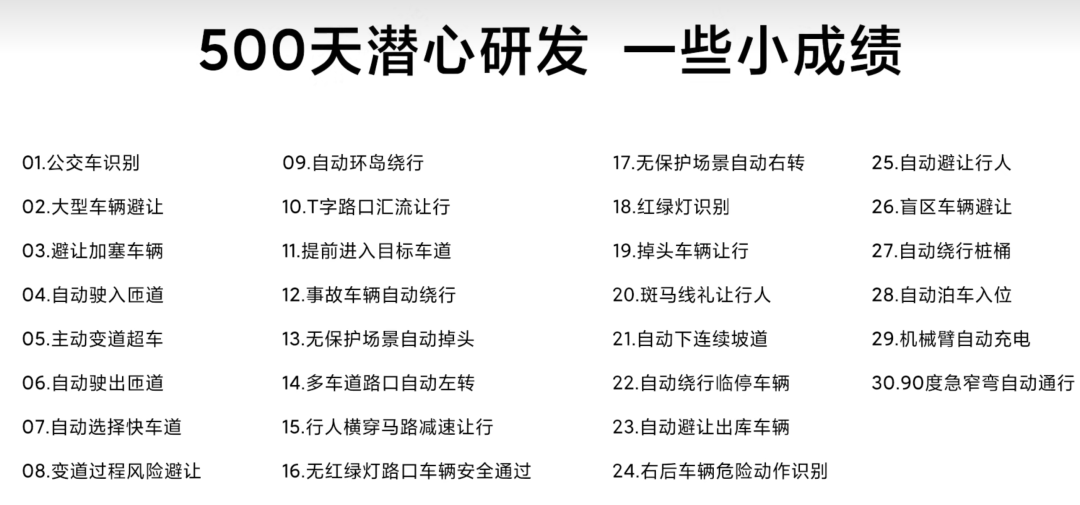
After all, most of the functionalities showcased here have not brought particularly outstanding performances. Domestic car companies that focus on point-to-point assisted driving scenarios can also complete similar scenes. Some details that need to be optimized are also common problems in the industry.
Of course, some netizens also joked that the more than 30 small achievements showcased by Lei Jun, according to the first phase of R&D investment of 3.3 billion yuan, average out to a functional value of 100 million RMB.
The path of Xiaomi’s autonomous driving advancement still needs more time to polish.
Is it difficult to enter the first camp of autonomous driving in 2024?
Autonomous driving is the first breakthrough direction for Xiaomi’s car-making endeavour.
In Lei Jun’s view, autonomous driving is the most complex part of the entire automotive industry module. It not only has a high technological density but is also highly related to safety, which will become the key point for the final victory of intelligent electric vehicles.
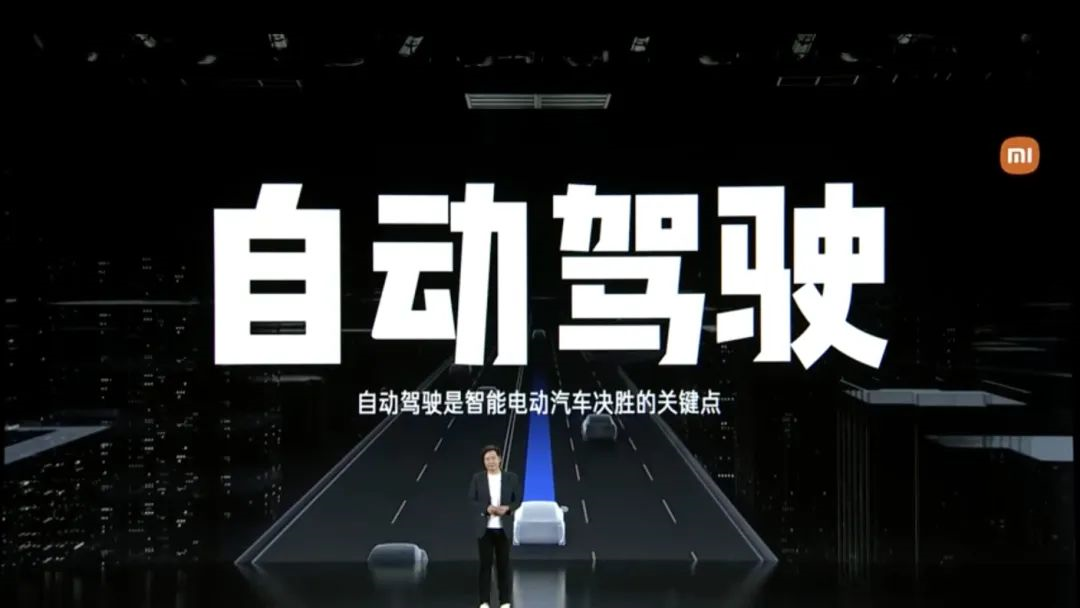
As of now, Xiaomi’s first-phase R&D investment for a single autonomous driving project has reached 3.3 billion yuan.
What is this concept?
Let’s take a look at NIO, XPeng, and Li Auto’s R&D investment in 2021, which are 4.59 billion yuan, 4.11 billion yuan, and 3.29 billion yuan, respectively. Xiaomi’s first-phase R&D investment even exceeds that of Li Auto.
In terms of team size, Xiaomi has built an autonomous driving team with a size of 500 people, which is expected to reach 600 people by the end of the year.
Currently, this team that focuses on autonomous driving technology development is comprised of 50 core experts, with more than 70% holding a doctorate or master’s degree, and covering all talents required for full-stack autonomous driving technologies, such as sensors, chips, perception and control algorithms, simulation technologies, high-precision maps, high-precision positioning, tool chains, and training capabilities. Some members have a research and development background from companies such as Microsoft and Google.
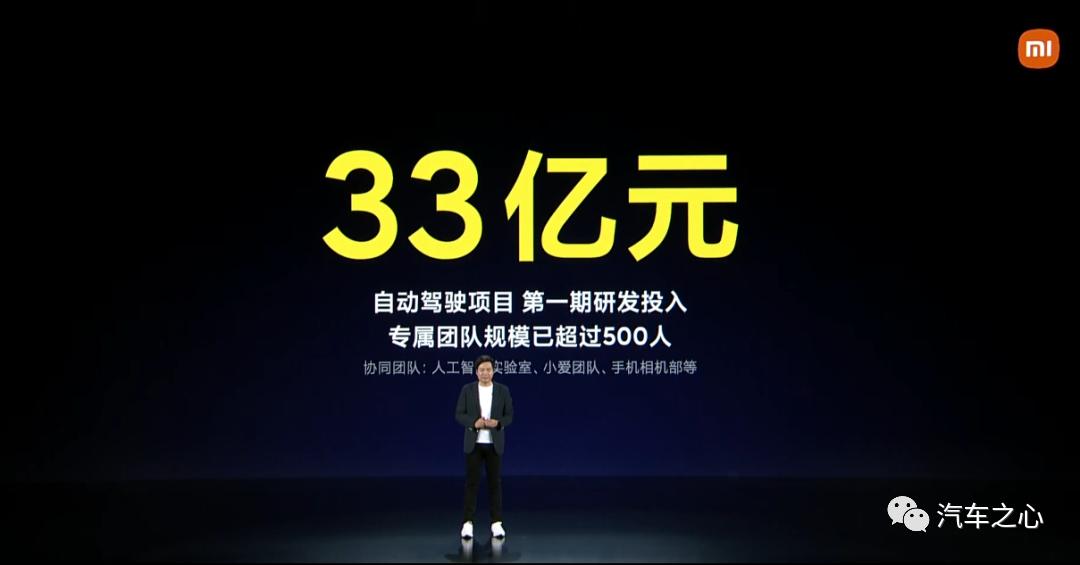 Apart from that, all R&D units under Xiaomi, including AI Labs, Xiao Ai team, and mobile camera departments, will also collaborate on autonomous driving-related work.
Apart from that, all R&D units under Xiaomi, including AI Labs, Xiao Ai team, and mobile camera departments, will also collaborate on autonomous driving-related work.
Lei Jun stated that he had made up his mind on full-stack self-research since March last year. Currently, Xiaomi’s entire team in the field of autonomous driving is already in the “first echelon.” If other collaborating departments are added, the actual team invested in Xiaomi’s autonomous driving exceeds 500 people.
In contrast, He XPeng stated in March this year that XPeng’s intelligent driving unit and data team altogether have about 1500 people, and NIO’s autonomous driving service team has a scale of over 1000, while the number of personnel involved in Ideal Auto’s autonomous driving-related R&D exceeds 700.
As for Huawei, the company claims that the largest portion of investment in its automotive business is intelligent assisted driving, and 70-80% of the 10,000 invested personnel are dedicated to this area.
If a 500-person team is used as the dividing line, domestic car companies targeting the mass production of autonomous driving include NIO, Ideal Auto, XPeng, Jikr, Xiaomi, and technology companies include Baidu, Huawei, DJI, Momenta, etc.
It can be seen that Xiaomi’s investment and Lei Jun’s determination are providing opportunities for Xiaomi’s cars to compete for the top tier in autonomous driving.
In terms of achievements, Xiaomi has applied for nearly 200 patents related to autonomous driving globally, covering multiple fields such as human-machine interaction, high-precision mapping, high-precision positioning, perception, and intelligent driving hardware systems.
Currently, there are a total of 40 test vehicles, which are being tested on the roads of Wuhan and Beijing. The plan is to increase the scale to 140 by the end of the year.
Based on such investment, Lei Jun stated that “Xiaomi’s autonomous driving will enter the top echelon of the industry in 2024.”
Can Xiaomi catch up in two years?
The current autonomous driving race is entering a frenzy of “interior looping,” with both old and new forces investing heavily in talent and funding.
After the integration of the high-speed and parking scenarios, the more difficult urban scenarios will gradually be conquered by car companies. XPeng and Jikr have successively stated their intention to push for navigation-assisted driving in certain cities this year, achieving the integration of three major scenarios of highways, urban areas, and parking.
Autonomous driving has been viewed as the core of the new stage of competition for car companies, and next year, more car companies will receive permission from local governments to open up urban assisted driving functions, enhancing their competitive strength.
At the same time, 2024 is also viewed by many car companies as an admission ticket to the autonomous driving race:
- Tesla: Achieve mass production of cars specifically designed for autonomous driving;
- XPeng: Release Xpilot 5.0, achieving local fully autonomous driving.- Goal: Achieve mass production of L4 autonomous driving function;
- NIO: Gradually implement point-to-point autonomous driving experience with NAD L4 hardware;
- GAC: Cooperate with Huawei to mass produce L4 autonomous driving cars;
- JiDU even said: Autonomous driving will surpass Tesla’s generation.
It can be seen that the goal for 2024 is to achieve higher-level autonomous driving throughout the entire automobile industry.
This means that if Xiaomi wants to surpass other competitors and become a leader in the industry by achieving overtaking on a curved road in 2024, it must produce an autonomous driving system that is equally powerful.
Recently, Ye Hangjun, the head of autonomous driving at Xiaomi, mentioned in an interview with “Delayed Auto” that Xiaomi’s current autonomous driving research and testing is geared toward its 2024 mass-produced Xiaomi electric vehicle, which is equipped with both a mechanical rotary LiDAR and a mass-producible automotive-grade LiDAR.
Ye Hangjun said that almost all mass-produced autonomous driving components are installed on testing vehicles and, considering the difficulty of algorithm transplantation, the installation positions and hardware platforms of the sensors on testing vehicles are made as close as possible to those on mass-produced vehicles.
Dual Path of Self-development and Cooperation
Although “full-stack self-development” is seen as a necessary approach for the mass production of autonomous driving cars by major automakers, cooperation between automakers and start-up autonomous driving companies as well as related industry chain companies will not be reduced.
Looking at how Xiaomi has deployed autonomous driving technology in the past, it adopts a strategy of “self-development and investment in parallel.”
Currently, Xiaomi’s autonomous driving system architecture is based on self-development, while its components are developed in cooperation with suppliers.
Regarding software algorithms, Xiaomi’s autonomous driving technology has formulated a “full-stack self-development algorithm” strategy, covering autonomous driving core technology fields such as perception prediction, high-precision positioning, decision-making planning, and so on.
Last August, Xiaomi acquired DeepMotion, an autonomous driving technology company, for 500 million yuan, and invested in more than ten upstream and downstream companies in the autonomous driving field, including Black Sesame Intelligent Technology, Hesai Technology, GeoPartner, and Vertical View Technology.
The investment covers autonomous driving solutions, core sensors, core actuators, domain controllers, and other directions, with a total investment amount of more than 2 billion yuan.
Judging from the rhythm of acquisitions and financing, Xiaomi’s autonomous driving simultaneously retains both the vision and LiDAR routes.Using vision as the primary sensory input and multi-sensor fusion, including cameras, millimeter wave radar, ultrasonic radar, GPS, IMU modules, Deepmotion technology provides a solution for 3D perception, high-precision mapping, and localization of vehicles.
Geohelper focuses on using 4D millimeter wave imaging radar combined with visible light and infrared imaging sensors to create an integrated software and hardware autonomous driving system to achieve precise target perception, cluster tracking, passable space estimation, high-precision positioning and mapping, path planning, decision-making and control, and meet the needs of various stages of autonomous driving from L2 to L4.
In other words, based on the 4D millimeter wave radar + visible light vision + infrared imaging multi-sensor fusion perception system, Geohelper can achieve L2-L4 level autonomous driving functions.
As for the route of LIDAR, in addition to WeRide AI of Chinese tech group Horizon, Lei Jun’s Shunwei Capital has invested in Innovusion and Beixing Photonics, and Xiaomi’s Changjiang Industrial Fund has participated in Suteng Juchuang’s latest round of strategic financing.
Yehangjun added that Xiaomi’s standard for determining whether self-developed technology is feasible is based on whether it could “have the ability or plan to create value for users” in the field. However, in the automotive field, it is more efficient for car companies to develop their own technology.
The cooperation mode between automobile manufacturers and suppliers is not the same as in other industries. Both parties need to continually reconcile and divide the initiative of the product. In the future, Xiaomi will also consider developing its own hardware.
From smartphones, smart wearables, and smart homes to the most intelligent electric cars, Xiaomi’s constantly expanding technology scenes are becoming increasingly similar to Huawei.
After Huawei entered the automotive industry, the HarmonyOS car system and ADS advanced assisted driving system gave automakers more options in intelligent cabins and smart driving. AITO Wenzhen also naturally became a member of Huawei’s new product launch.
In contrast, Huawei quickly entered the automotive industry as a supplier to enhance its influence, while Xiaomi’s car project is still exploring step by step.
It may seem unrealistic for Lei Jun to aim for the first line of autonomous driving, given that the first mass-produced car is still two years away. However, looking back at the development process of Xiaomi’s smartphones, prioritizing software development is Lei Jun’s style.
This time, perhaps you can trust Lei Jun again.
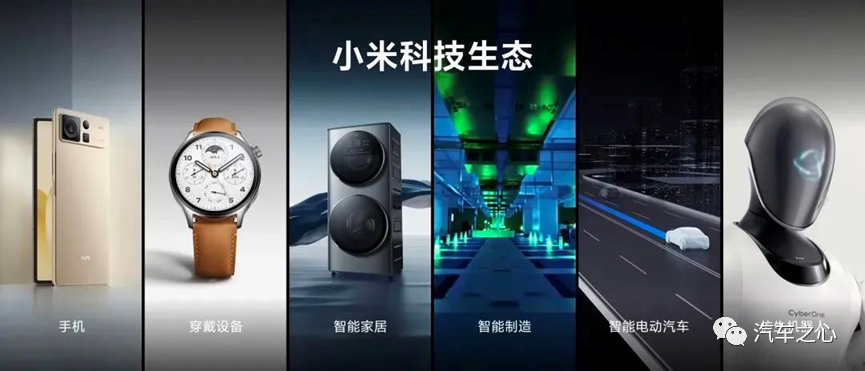
This article is a translation by ChatGPT of a Chinese report from 42HOW. If you have any questions about it, please email bd@42how.com.
